
Rhodium Plated Jewellery – The Secret to Long-Lasting Shine & Luxury Look
Rhodium is a rare, silvery-white, corrosion-resistant, hard, and precious metal. It belongs to the platinum group of elements, which has high reflectivity properties. It has high durability and catalytic properties, which help in preventing jewellery from tarnishing.
Rhodium plating is a process where a thin layer of rhodium is applied to precious metals such as gold, platinum, or silver to enhance their appearance and durability. It is done through electroplating, which helps bond the rhodium layer to the jewellery. It results in a brilliant white, reflective finish that resembles platinum.
The plating makes jewellery look shinier and smoother and also protects it from scratches, tarnish and wear.
Why is it popular?
- Improves the look of silver jewels.
- It gives white gold jewellery dazzling brightness.
- Offers a luxurious look to affordable jewellery.
Benefits
Rhodium-plated jewellery isn’t all about looks; it’s a smart and stylish choice for you to make your jewellery as radiant as ever. From its enhanced brilliance to the practical perks of being tarnish-resistant, it has its own benefits that make it better than anything else.
- Mirror-like Shine: Rhodium has a natural reflective quality that brightens the jewellery and gives a mirror-like appearance.
- Tarnish-Resistant Protection: It acts as a protective shield, preventing the metal from reacting with air or moisture. It helps keep your favourite pieces looking as good as new.
- Skin-Friendly and Hypoallergenic: If you have sensitive skin or are prone to metal allergies, rhodium plating is for you. Its hypoallergenic property makes it safe for daily wear.
- Scratch Resistance Surface: Due to its plating, it helps form a hard and durable outer layer over the jewels that resists surface scratches and scuffs.
- Preserves the Base Metal: It helps elevate the look of everything that it’s added to. It evens out the finish, hides the little imperfections and gives a luxe upgrade. It also preserves the metal by shielding it from environmental damage.
- Easy Maintenance: While rhodium plating isn’t permanent. It has its own benefits of getting replated to restore the lost shine.
Rhodium Plated Vs Other Metals:
If you are looking for jewellery that looks stunning, even with the benefits of lasting longer than usual, the metal you choose matters. Even though rhodium plating has become a popular finish, did you ever imagine how it matters to be used against other metals?
Let’s discuss this in detail:
Rhodium Plating Vs White Gold:
White gold jewellery does sound luxurious but did you know? Most white gold jewels are already rhodium plated. Don’t worry it’s not because of any reason but raw white gold has a slight yellow tint, which later is enhanced because of plating and gives it an ultra-bright, white finish.
Rhodium Plating Vs Sterling Silver:
Sterling silver is the most affordable, timeless and elegant metal, but it does have its own downside, tarnishing. When exposed to air, moisture or even skin oils, it can get darkened over time.
After plating, it is prevented from getting tarnished, scratches and wear.
Rhodium Plating Vs Platinum:
Platinum is known for it’s white lustre and elite status in jewellery. Although it doen’t need plating to shine but it get more expensive with that.
Rhodium-plated jewellery offers you a similar look and feel, with affordability. It makes a smart choice for those who love its vibe but not the price.
Rhodium Plating Vs Stainless Steel:
Stainless steel is a strong and budget-friendly option, which is generally used in men’s jewellery or minimalist styles. However, it lacks lustre and shine, which is makes it look more industrial or matte.
Rhodium offers a brighter and more refined finish, while it wins in durability.
How to Choose?
If you are looking for a piece of jewellery that combines luxury, affordability and long-lasting shine, rhodium-plated jewels are made for you. It offers you the aesthetic of platinum, the protection which any metal needs and the kind of brilliance that helps you elevate your outfit.
How to Care for Rhodium Plated Jewellery
- Avoid harsh chemicals, perfumes, and chlorine.
- Store in soft fabric or a zip pouch.
- Clean gently with mild soap and a soft cloth.
- Replating after 1-2 years (depending on wear).
Final Words
Rhodium-plated silver jewellery isn’t just a trend; it’s a timeless upgrade that blends style, strength, and sophistication. Whether you love the refined look of white metals or need a hypoallergenic option for daily wear, rhodium plating delivers on every front. It brings life to silver, brightness to white gold, and a luxurious edge to affordable pieces.
At KMYEE, we believe in creating designs that not only look good but also last long. Our rhodium-plated collection is a reflection of that promise, crafted to shine today, tomorrow, and always.
FAQs
-
Is rhodium-plated jewellery good?
Yes, rhodium-plated jewellery is a great choice if you want a brilliant shine, better scratch resistance, and protection against tarnish. -
What are the disadvantages of rhodium plating?
The plating wears off over time, especially with frequent wear, and may need reapplication every 1–2 years. -
Is rhodium better than gold?
Rhodium is rarer and harder than gold, offering a whiter finish. But gold is more durable for long-term wear and has a higher resale value. -
How long does rhodium-plated jewellery last?
With proper care, rhodium plating can last from 6 months to 2 years, depending on how often the jewellery is worn. -
Is rhodium more expensive than gold?
Yes, rhodium is currently more expensive per gram than gold, but since it's used as a thin coating, rhodium-plated jewellery is still more affordable overall. -
Can you wear rhodium-plated jewellery every day?
You can, but daily wear will cause the plating to fade faster. It's best to remove it before heavy activity or exposure to water and chemicals. -
Which is better, silver or rhodium?
Rhodium offers more shine and is more resistant to tarnish than plain silver. Rhodium-plated silver combines the best of both. -
Is platinum better than gold?
Platinum is denser, more durable, and naturally white, but gold is more versatile and usually more budget-friendly, depending on karat. -
Is rhodium-plated jewellery waterproof?
It's water-resistant, but not fully waterproof. Frequent exposure to water (like swimming or showering) can shorten the lifespan of the plating. -
Can you shower with rhodium-plated jewellery?
It’s not recommended. Water, soaps, and shampoos can wear down the plating faster. -
Does rhodium jewellery turn black?
Not usually. Rhodium resists tarnishing, but if the plating wears off, the base metal beneath may darken. -
Is rhodium good for the skin?
Yes! Rhodium is hypoallergenic, making it safe for sensitive skin and preventing irritation.










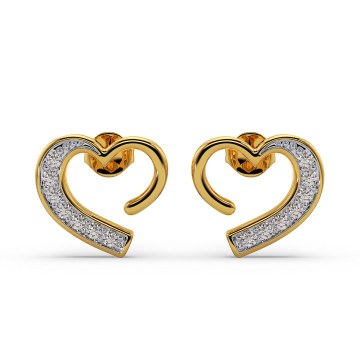
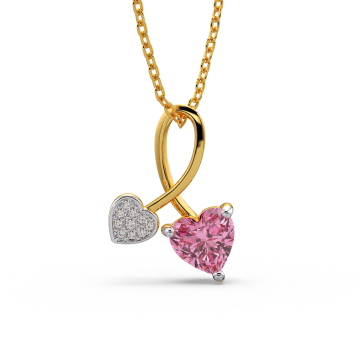
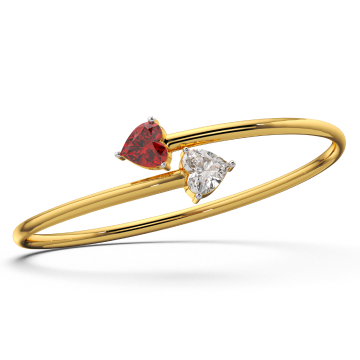
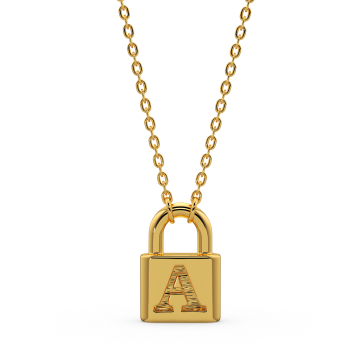
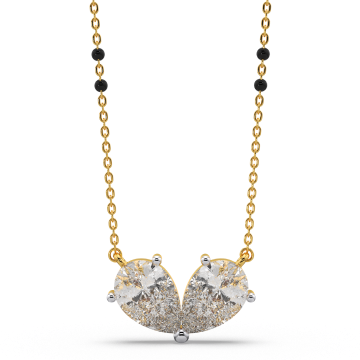
 All Rings
All Rings Toi Et Moi Rings
Toi Et Moi Rings Wedding Bands
Wedding Bands Solitaire Rings
Solitaire Rings Stackable Rings
Stackable Rings Dainty Rings
Dainty Rings Personalized Rings
Personalized Rings Daily Wear Rings
Daily Wear Rings Halo Rings
Halo Rings Ring Set
Ring Set For Daily Wear
For Daily Wear For Party
For Party For Work
For Work For Gifting
For Gifting For College
For College For Festive Days
For Festive Days All Earrings
All Earrings Hoop Earrings
Hoop Earrings Drop Earrings
Drop Earrings Stud Earrings
Stud Earrings Name Earrings
Name Earrings Threader Earrings
Threader Earrings All Necklaces
All Necklaces Charm Pendants
Charm Pendants Pendant & Necklaces
Pendant & Necklaces Station Necklaces
Station Necklaces Personalized Necklaces
Personalized Necklaces Layered Necklaces
Layered Necklaces Drop Necklaces
Drop Necklaces All Bracelets
All Bracelets Name Bracelets
Name Bracelets Chain Link Bracelets
Chain Link Bracelets Bangle Bracelets
Bangle Bracelets Charm Bracelets
Charm Bracelets Tennis Bracelets
Tennis Bracelets